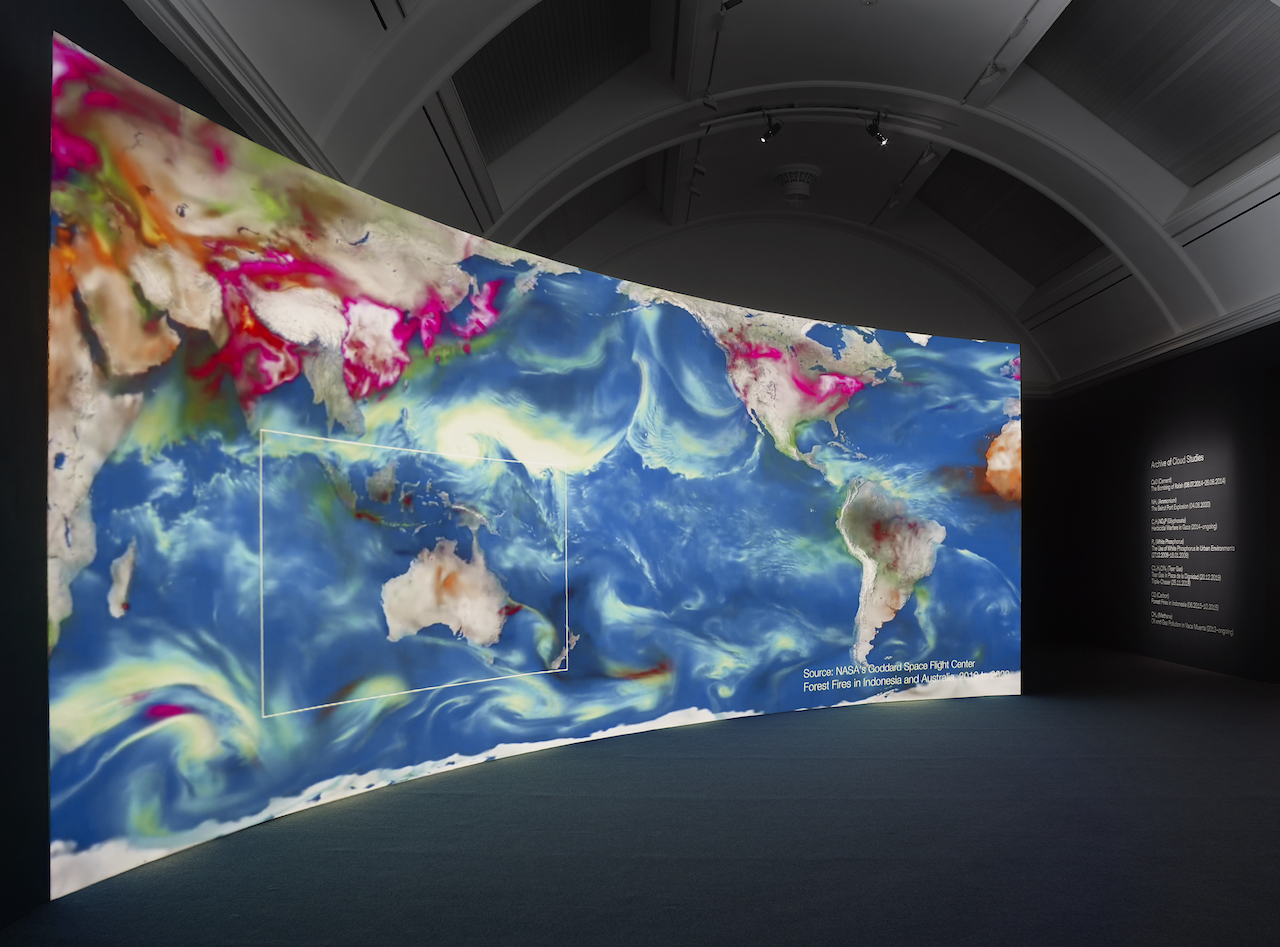Investigating state and corporate weaponisation of air, the London-based research agency delivers a message of hope through solidarity and accountability
The gallery and lab provide fertile fields of interrogation for London-based research agency Forensic Architecture (FA). Over the past decade, the interdisciplinary team has established a politically active practice that exists beyond documentary, delivering evidence for human rights investigations on behalf of international prosecutors and civil society groups.
A hybrid of architects, photographers, filmmakers, software engineers, lawyers and investigative journalists, FA is a collective for our complex world. It was formed in 2010, and is led by British-Israeli architect Eyal Weizman, operating out of the Centre for Research Architecture at Goldsmiths, University of London.
FA’s investigations are like “an act of assemblage”, says Weizman. Its network of international NGOs, activist groups and crowdsourcing platforms provide FA with the citizen-generated data and technological expertise to complement the agency’s own innovations in spatial analysis, 3D modelling, mapping and simulation. FA also develops open-source software, facilitating collective research and enacting a form of counter-surveillance against governments and corporations.
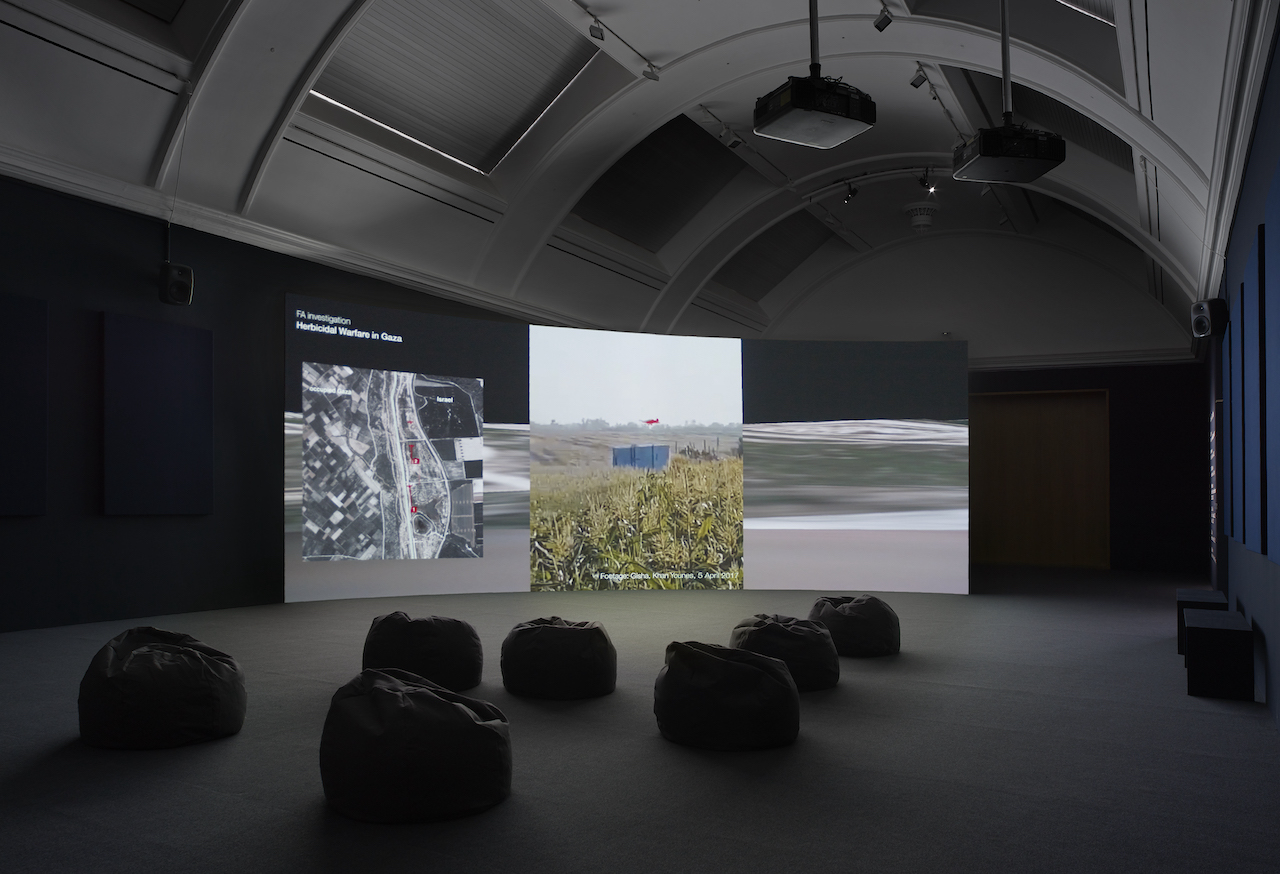
The group’s latest exhibition, Cloud Studies – on show at the Whitworth Art Gallery in Manchester until 17 October 2021 – demonstrates the power of collective resistance. It presents the agency’s investigations into state and corporate weaponisation of air. Individual films reveal the movement of toxic air across borders, shown on both a large and small scale. Satellite imagery captures carbon monoxide emitted from the burning of Indonesian forests to clear land for crops, while analysis of methane released from fracking in Argentina forms part of a collaborative investigation into the fossil fuel industry with The Guardian. The “blinding lethal cloud” of the Grenfell Tower disaster is reconstructed through cloud imaging and witness testimony, contributing to a growing resource that supports survivors and the Grenfell Tower Inquiry.
Also on display is a moving-image work, which ties the varying strands of the survey together. Here, the process is defined as “forensics without inscription”, contrasting the study of fluctuating clouds with the group’s more recognisable work in the static, built environment. But these lethal clouds also have a fingerprint, an ephemeral architecture that can be exposed. For Weizman, the cloud is photographic “because it holds and refracts light”. Presented on the gallery’s large curved screens, the film envelops the viewer, conveying a common struggle by reproducing the spatial conditions of being within a toxic cloud.
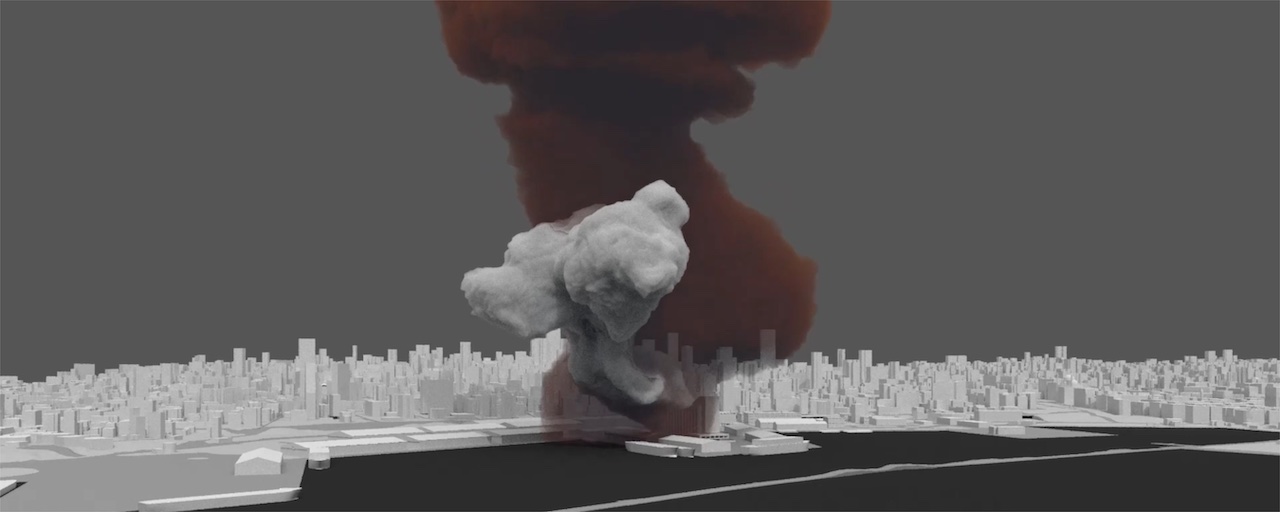
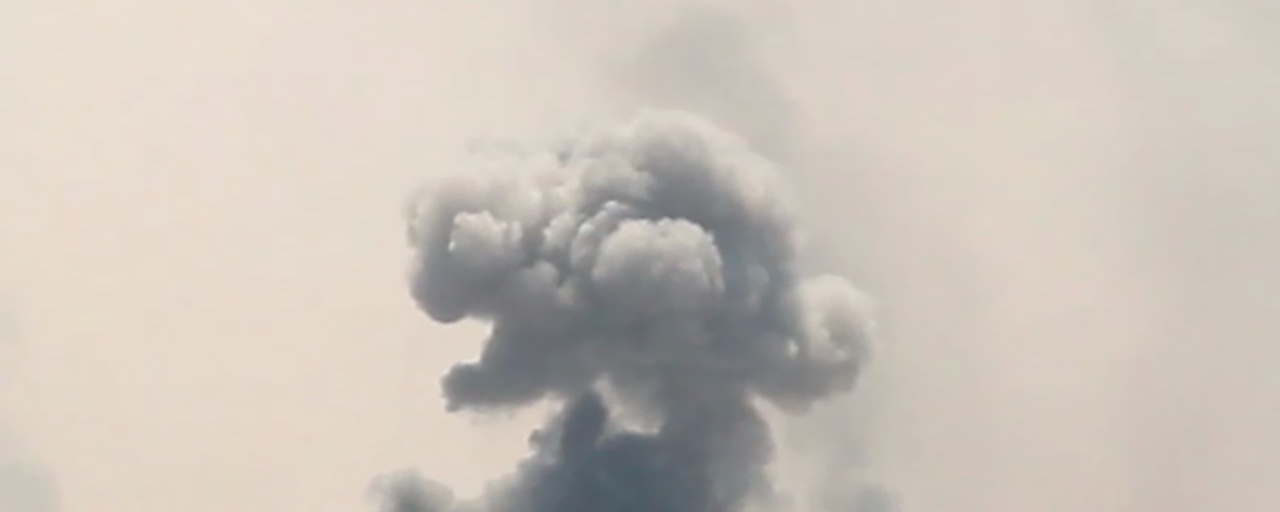
FA’s sustained analysis of the Israeli Defence Forces’ bombing of Gaza during the 2014 war, and subsequent airstrikes using toxic chemicals, forms an important part of the exhibition. A statement at the entrance to the exhibition expresses renewed support for Gaza following recent events.
Weizman stresses that to FA, “an exhibition is always an intervention”. It is inherently about “building lines of solidarity, including between Palestinians and Black liberation movements”. Samaneh Moafi, Senior Researcher at FA, highlights the personal impact of the conflict on the group: “We have collaborators and friends in Gaza, and it is important to use this forum to honour their courage.”
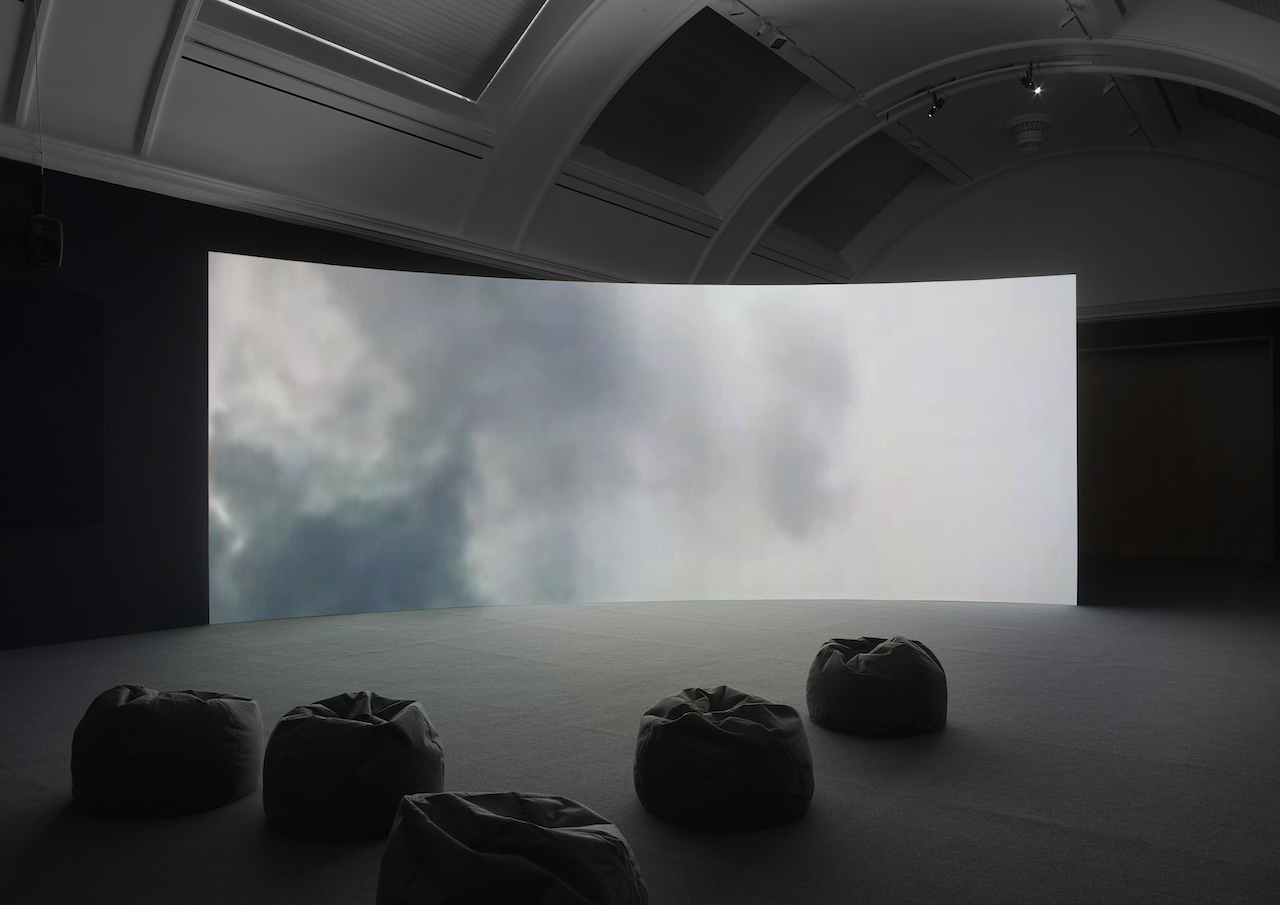
At Cloud Studies’ heart is the first phase of a new investigation, a journey into the suffocating plumes of the Petrochemical Corridor, also known as Death, or Cancer Alley. Snaking along 85 miles of the Mississippi River in Louisiana, the region is polluted by some of the most toxic air in the nation. The project interrogates corporate extraction and consumption, which fuels climate change and decimates communities descended from people enslaved on sugar cane plantations in the area.
The fallow land is now host to over 200 industrial plants, which, in the words of FA, inherit the “spatial logic of colonial occupation”. This 300-year legacy of slavery is felt not only in the pollution of the air but also in the desecration of ancestral burial grounds in the area, as industrial plants seek to expand and break new ground without adequate archaeological oversight. The overarching narrative adds an elegiac dimension to the factual, strategic nature of FA’s investigations, where cemeteries marked by magnolia trees are both “sacred groves” and “topological anomalies”.
The project was initiated by Sharon Lavigne, Director of grassroots activist group RISE St. James, alongside Louisiana activist and FA researcher Imani Jacqueline Brown, to gather evidence in support of claims for ecological reparations. Chemical pollutants in the area were brought into the visible register, while locations of erased cemeteries were mapped, with early findings published in The New York Times. The data, as always, was humanised by and anchored in residents’ testimonies.
These different forms of presentation reach varied audiences and encourage self-reflexive analysis. For Moafi, this allows projects to “evolve as they move, with the aim of bringing different stakeholders to account”. FA’s investigations are enriched and strengthened by this collaborative, critical ethos, delivering a message of hope through solidarity and accountability.
Cloud Studies by Forensic Architecture will be on show at the Whitworth Art Gallery in Manchester until 17 October 2021.

